Urica Primus, Guyana
"Mining decisions should not only be based on what
is in the best interest of the operation, but also
what's in the best interest of the community."
Urica Primus
President
Guyana Women Miners Organization (GWMO)
Georgetown, Guyana
Urica Primus, President of the Guyana Women Miners Organization since 2015, grew up in the mining area of Bartica in a family that consisted mostly of miners. At age 18, she was given her own operation, and became involved in addressing the social issues around mining.
Credit: Urica Primus
How did you first become involved in artisanal and small-scale mining (ASM)?
I grew up in Bartica, a mining area in Guyana, and my family consisted of about 80% miners, including my aunts and uncles. At age 18, I was given my own operation.
Growing up we were accustomed to going into the mines, paying workers, loading trucks, assuming smaller roles within managing the mining operation; and from there, things started to progress. In 2012, I decided to stop mining and founded the Guyana Women Miners Organization, to address both the social and economic issues in mining.
What does the Organization focus on?
The Guyana Women Miners Organization addresses both the social and economic issues in mining: We have a mining committee and a social services committee to provide support to women who are miners, landowners and operation owners, as well as women who are trying to get into the mining industry. We also rescue, rehabilitate and reintegrate victims of gender-based violence, rape and other crimes committed against women in and around mining districts.
It is common for mining organizations to focus mostly on the economic aspect, but we believe that to see a change in the industry, these social issues need to be addressed.
In your opinion, what are the greatest opportunities for innovation related to ASGM in the region?
I think it’s important to focus on safeguarding the environment, considering that for decades, mining has been a trial and error process.
For example, there is currently no cooperation technique or technology that can enhance the geological research aspect of mining, especially because not all miners can afford to pay for it.
We believe that this technology would provide a great opportunity for small-scale miners to reduce the unnecessary damage that is currently affecting ecosystems. On the other hand, technology could give governments a valid reason to allow or not allow mining activity on land and explain the miners' technical and financial reasons.
In addition, there are opportunities to find new methods to reduce the use of mercury in mining, which will have a positive effect on miners and communities health.
What aspects and impacts should be considered in ASM innovation?
Even though geological and planning aspects are important for innovation in mining, we still have to consider miners are also members of the community, so decisions should not only be based on what is in the best interest of the operation but also on what's in the best for the community. It can be challenging at times to represent both interests, but we have no choice because mining as itself functions as an ecosystem. Every aspect of it has a unique role to play: The community, the people and the ecosystems around.
What is the current status in the process of ASM formalization in Guyana?
Guyana is still in the process of finalizing the national action plan for the second time. We are hoping that all of the mining organizations that have been involved will remain committed to the realization of the national action plan.
Currently, there is a lot of focus on what our miners will do next. A lot of the technology that is being tested is focused on medium-scale operators due to the cost of the equipment.
What excites you the most about the Artisanal Mining Grand Challenge?
What excites me the most about the Artisanal Mining Grand Challenge is the fact that miners would be able to acquire support to test innovations that can potentially lead to changes in the industry as well as changes in the practices.
I believe this is a great opportunity to bring together miners, to share information and best practices, and to learn from each
other.


